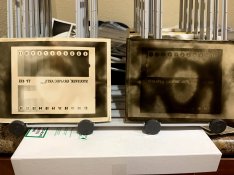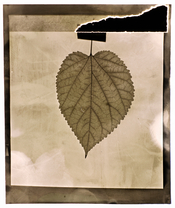I would be surprised if anyone has really used 3% peroxide bleach in reversal processing of B&W film successfully. My own experiments with 3% peroxide bleach gave unsatisfactory results. Firstly, it took hours to remove the silver. Secondly, not all silver was removed. Thirdly, it attacked the film base itself with pinholes forming.
The only reports of success I'm aware of is with much higher concentration. And as @Lachlan Young pointed out, at such concentrations, peroxide is no longer safe.
If one doesn't want to deal with either dichromate or permanganate, @Athiril's copper sulphate bleach idea is worth considering. Though slow (10-30 minutes depending on the film), it's quite effective, has good capacity, and is economical.
The only reports of success I'm aware of is with much higher concentration. And as @Lachlan Young pointed out, at such concentrations, peroxide is no longer safe.
If one doesn't want to deal with either dichromate or permanganate, @Athiril's copper sulphate bleach idea is worth considering. Though slow (10-30 minutes depending on the film), it's quite effective, has good capacity, and is economical.




